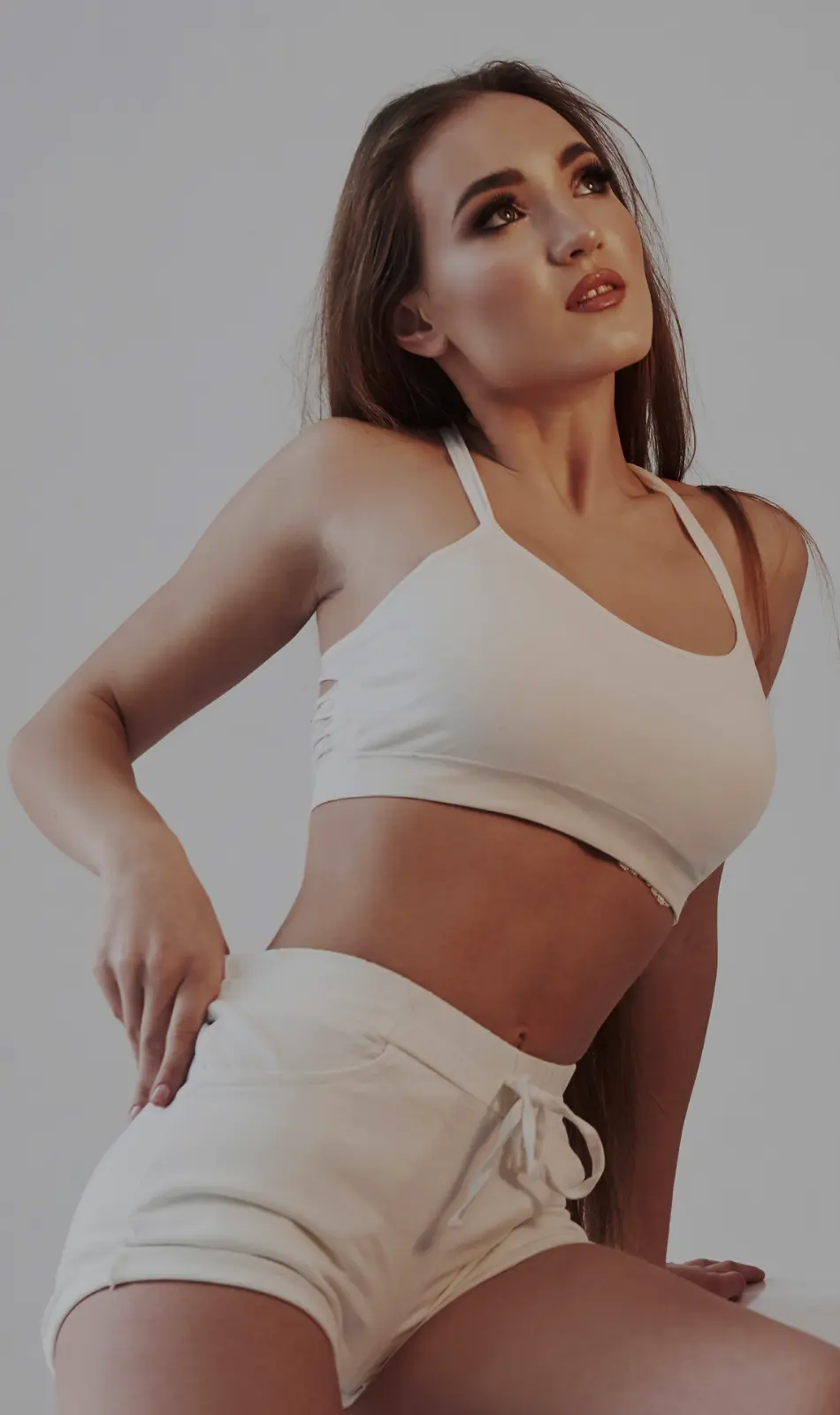Botox and fillers are both popular cosmetic treatments that are used to reduce the signs of aging and enhance the appearance of the face. While these treatments are often used in combination, there are some key differences between the two that patients should be aware of.
Botox works by relaxing the muscles that cause wrinkles to form. It is most commonly used to treat fine lines and wrinkles on the forehead, between the eyebrows, and around the eyes. Botox is administered via injections and the effects typically last between three and six months. While Botox is highly effective at reducing the appearance of wrinkles, it does not add volume to the face.
Fillers, on the other hand, are used to add volume to the face and fill in areas of the skin that have lost elasticity and fullness over time. Fillers are made from a variety of substances, including hyaluronic acid and collagen, and are injected directly into the skin. The effects of fillers can last anywhere from six months to two years, depending on the type of filler used and the area being treated.
While both Botox and fillers can be highly effective at reducing the signs of aging, they are used to address different issues. Botox is best suited for treating fine lines and wrinkles, while fillers are better for adding volume and restoring fullness to the face. Patients who are considering Botox or fillers should discuss their goals and expectations with a qualified and experienced practitioner to determine the best course of treatment for their individual needs.
In conclusion, Botox and fillers are both highly effective cosmetic treatments that can help to reduce the signs of aging and enhance the appearance of the face. While they are often used in combination, it is important for patients to understand the key differences between the two and to choose the treatment that is best suited to their individual needs. By doing so, patients can ensure that they receive the best possible care and achieve the maximum benefits from their cosmetic treatments.









